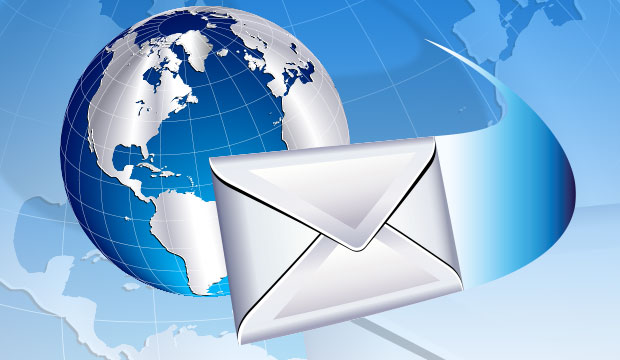Newsletters are one of the primary means of communicating with both existing and potential customers. For small e-commerce business owners, however, putting together a regular newsletter may seem daunting.
Is it worth your time and effort? In short, yes — and following are some reasons you should consider taking the leap.
Communicate With Customers
Since e-commerce businesses often don’t have the opportunity to see their customers face-to-face, sending out an email newsletter is one way to open up a channel of regular communication. Newsletters can inform customers about new products and provide helpful information they can use in their daily lives.
“It’s important to connect with customers at multiple points, and email is a great way to reach a range of people,” said Margaret Hamner, senior marketing manager for email marketing at MailChimp.
“It’s effective, efficient, and easy to personalize based on specific target audiences,” she told the E-Commerce Times.
Enhance Loyalty
It might seem that creating and sending out a newsletter would involve spending more time and energy than you have, taking valuable resources away from sales and marketing.
In fact, newsletters can be a valuable part of your overall sales and marketing strategy. In the long run, they actually can save time — while building your customers’ sense of loyalty to your brand.
“Email marketing is a great way to gain customers’ loyalty,” noted Isabel Courbat, co-owner of Mailpro.
“It’s a great tool to keep customers happy and informed,” she told the E-Commerce Times. “Companies save a lot of time doing email campaigns, since sending emails takes very little time, giving employees more flexibility at work.”
Establish Your Authority
Perhaps one of the most important benefits of a newsletter is that it keeps you and your company at the forefront of your customers’ minds.
“A newsletter can help to position you as an expert or your brand as a useful resource when you regularly offer content of value to the people on your list,” remarked consultant Sharon Ernst.
“When you regularly show up in the in-box, you help to remind people you’re there,” she told the E-Commerce Times.
Visibility is key to influencing potential customers’ purchasing decisions.
“A newsletter is an excellent way to stay in touch with your customers and be top-of-mind so that when they’re ready to make a purchase, your business is the one they choose,” suggested copywriter Susan Greene.
“The visibility your newsletter provides will ultimately lead to increased sales,” she told the E-Commerce Times.
You never know, after all, when your marketing efforts will lead to a sale. Newsletters can help clinch the deal.
“Maybe they weren’t ready to buy before, but now they are, and lo and behold, there’s a newsletter from you in their in-box reminding them about you and your brand,” said Ernst.
“Or maybe someone has asked them for a product recommendation and your email is there as a reminder about your business, so they might be likely to recommend yours instead of another brand,” she added.
Build Your Brand
When designing and putting together a newsletter, it’s important to consider how it will contribute to your brand’s identity. When done right, there will be a kind of seamlessness between all the materials you create to promote your brand.
“Every newsletter should have a polished, professional feel that maintains the personality and relatability of your brand,” advised MailChimp’s Hamner. “It doesn’t require extensive training or expensive tools to accomplish this. Focus on copy that clearly conveys the customer benefit, and use the devices you already own to take photos.”
Over time, you’ll want to evaluate how your newsletter is working, and whether it’s serving the needs of both your customers and your brand.
“It’s important to measure engagement and interests to help determine what content resonates most with your audience,” said Hamner.
“This can be done by organizing content topics into different blocks and linking out to additional information like a certain product, landing page, or article on your blog,” she suggested. “Then, the click-through engagement information on specific interests can be easily collected to help determine what content to send to specific customers in the future.”
Develop Personal Relationships
One way to avoid the direct-to-trash fate of some email newsletters is to personalize them. When you address customers directly and offer information that’s tailored to them, your newsletter will seem less like mass marketing and more like a personal, curated communiqu.
“People love to receive personalized newsletters,” said Mailpro’s Courbat. “It is a great way to show your customers you care about each one of them. Also, personalizing your newsletter increases your chances of not falling into spam folders.”
It can be in your interest as well as in the customers’ interest, in other words, to make the effort to tailor your newsletters to particular individuals and groups.
“In-boxes can be filled with a lot of noise, so messages with a personal touch stand out,” Hamner pointed out. “Differentiate and segment your subscribers as much as possible to ensure you’re sending messages that resonate with different audiences on your list.”














































Social Media
See all Social Media